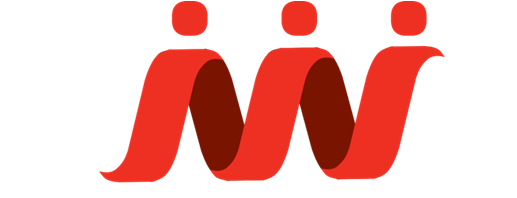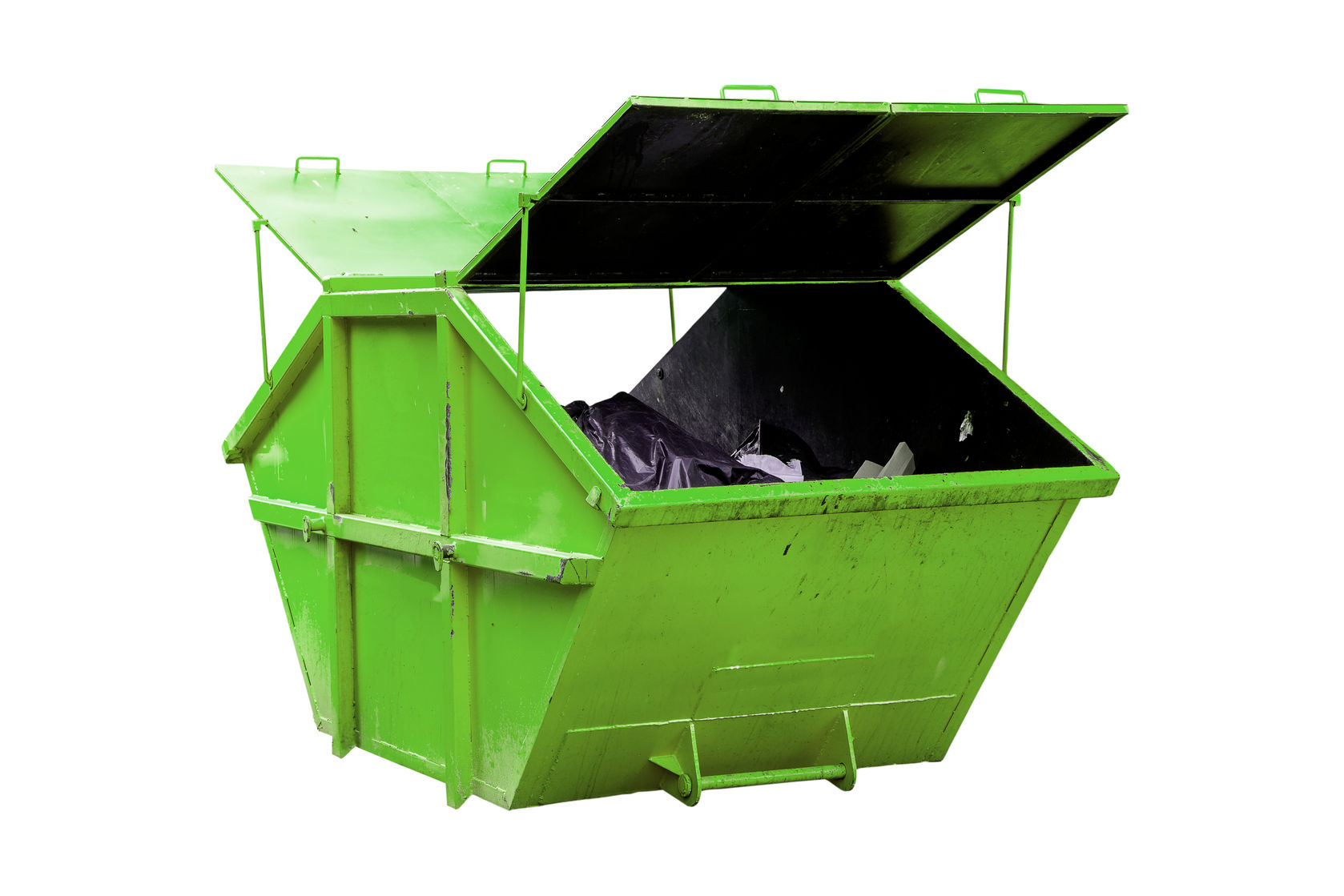 If your answer is yes, you are not alone. In spite of the fact that more than 50 countries around the globe use the Lean principles, many people still struggle with all of the Lean and Six Sigma terms and tools. So let’s define and explain a few of them so you can put the puzzle pieces together in your mind. Kaizen is the first puzzle piece. It’s a Japanese word that means change for the better. Kaizen is a change in organizational culture to continually being alert to opportunities to make improvements in work processes.
If your answer is yes, you are not alone. In spite of the fact that more than 50 countries around the globe use the Lean principles, many people still struggle with all of the Lean and Six Sigma terms and tools. So let’s define and explain a few of them so you can put the puzzle pieces together in your mind. Kaizen is the first puzzle piece. It’s a Japanese word that means change for the better. Kaizen is a change in organizational culture to continually being alert to opportunities to make improvements in work processes.
Do I have to start over?
How do you make these changes? Do you throw out everything and start over? Do you invest in the latest technology? No, you don’t have to do either of those things. Your first step is to map the current process and identify areas where physical steps or process steps create waste in time, materials, or motion. You also have to clearly define the scope and the boundaries of the area where change is required. Some problems need immediate action while others allow you to make incremental changes over time.
Kaizen events
Sometimes, the only way to make a change in the process is to hold a Kaizen event. It isn’t a party, but it may involve moving people and furniture or equipment to create a process that customers and employees alike will celebrate the success. The objective is to remove waste and create a smoother, more efficient workflow that makes everyone’s job easier. It allows companies to make significant improvements in a short amount of time. Kaizen events can take place in an office, on a plant floor, or a hospital operating room. You can view multiple videos on Youtube showing Kaizen improvements in everything from emptying the dishwasher to streamlining the order entry process from 63 to just 9 steps (Business Process Kaizen Team in Action). You can also see how hospital emergency and operating rooms can be made safer, more efficient, and provide faster service.
How does it work?
The improvement process is typically performed by a team that has identified a work process problem through mapping the process, touring the work area and collecting data, and using the appropriate Lean tools. The team must ensure they have well defined the project at the onset. The Six Sigma direction is to ensure you work on projects that will provide value to the customer, not just something interesting. A Kaizen event usually takes place over 3 to 5 days. For the event to be a success, the employees must be able to spend 100% of their time on the project and arrangements must be made for their regular tasks to be covered. That includes email and phone messages. Therefore, management support is essential Implementation is completed as much as possible during the event. However, it may roughly right and need some additional work as the employees use the new process.
I won’t cover the details of conducting a Kaizen event in this blog post, but I want to provide a brief outline. You may see the term DMAIC (pronounced de-May-ick). Kaizen is both a tool and event for improving the workflow process. DMAIC is a problem-solving method or roadmap for process improvement. The acronym represents the phases in the process: Define, Measure, Analyze, Improve, and Control.
A positive outcome for Kaizen events is that there are immediate results. I strongly recommend taking before and after photos as the results are usually dramatic and it gives the team a sense of pride and satisfaction to see how much improvement they were able to achieve.
Kanbans
Kanbans is the other word you often hear in a Lean culture. It is a Japanese term meaning “signboard.” It is a visual signal that triggers an action. Kanbans are very helpful in ensuring a smooth workflow as well as reducing inventory waste and cost. They usually contain a part number as well as the name, the quantity in an order, and authorization to order, make or take parts. Kanbans can be cards, lights, empty containers, signboards, or billboards. In manufacturing, it is an inventory control system that allows for just-in-time production. In the office or a hospital, it reduces clutter and inventory. It signals when tools or supplies are needed. Studies have proven that Kanbans improve productivity and efficiency. They also allow employees to identify errors or defects early as there is less work in progress. Kanbans are a significant benefit in reducing both cost and waste.
Kanban is considered a pull system. In typical manufacturing environments, companies use a push system. Each step in the process makes what it thinks the next process will need and pushes the output forward. This process creates a buildup of work in process and allows for defects to accumulate as well. In a pull approach with Kanbans, the steps in the process are regulated using the signal for replenishment. Kanbans are not just for the manufacturing process. Think of the auto deliveries in supplies in offices and medical centers. Using a purchasing department without Kanbans can lead to excess inventory or shortages. Kanbans provide order and a smooth flow.
How to Implement
Kanbans are excellent tools but going all out with Kanbans everywhere can create an unmanageable number of problems. It is best to start on a small scale and expand as you learn the process and the actual correct amount for a Kanban order to avoid excess inventory or shortages. Kanban boards are helpful as they can not only offer signals for supplies but also make a location for safety and product information available to everyone. They supply essential visual information. Remember though they are tools, and tools are only valuable when people use them.
Trash Can
I did mention trash can with a bit of humor. But, the objective of Lean is to reduce steps and eliminate waste. So it is important to follow the steps of 5S: Sort, Set in Order, Shine, Standardize and Sustain. So, have a cleanup event clearing out the waste, clutter, and excess inventory. Clearly marking areas for equipment, deliveries, and output avoids costly errors. Reducing inventory not only saves space, but it also eliminates the cost of the money used to purchases the inventory. And finally, employees will be more productive, efficient, and happy in a clean, organized work environment.
For more hints and tips visits our website: www.salestrainingsolutions.com and our eLearning site for printers digiprintacademy.com
Note: Other resources for getting started with LEAN:
Liker, Jeffery K, (2004). The Toyota Way: 14 Management Principles from the World’s Greatest Manufacturer. New York: McGraw-Hill.
Mann, David, (2010). Creating A Lean Culture: Tools to Sustain Lean Conversions (3rd Edition), Boca Raton: CRC Press.
Rother, Mike, (2010). Toyota KATA: Managing People for Improvement, Adaptiveness, and Superior Results. New York: McGraw-Hill
About the Author: Phyllis Mikolaitis is a sales coach, author, and speaker with over 30 years’ global experience. She is dedicated to taking you beyond the typical “how to” courses to the heart of persuasion techniques incorporating insights and stories to win the sale. Phyllis has also had training in Leadership Through Quality, Six Sigma and is now working with organizations on Lean and People-Centered Leadership. Visit Phyllis and her business partner John Switzer on other pages on this site www.salestrainingsolutions.com.
Ezine Platinum Author

